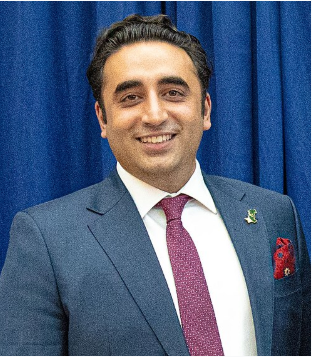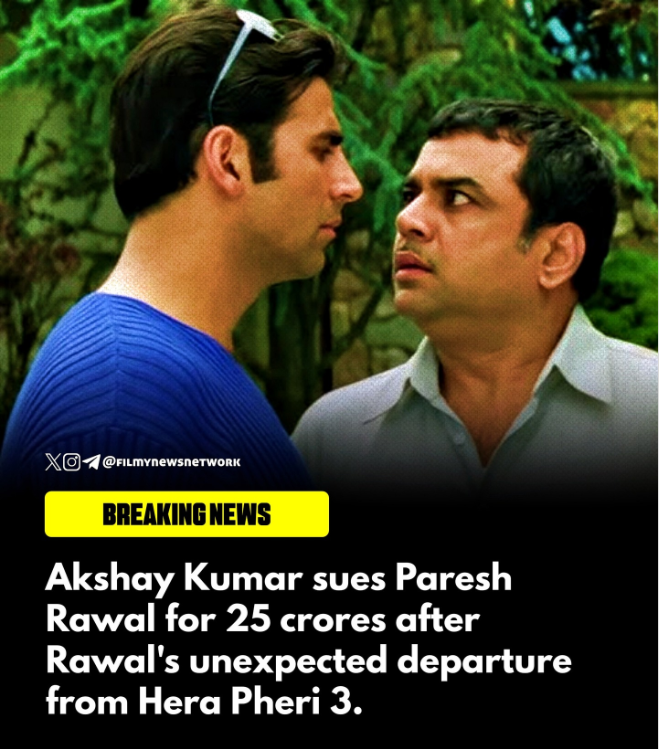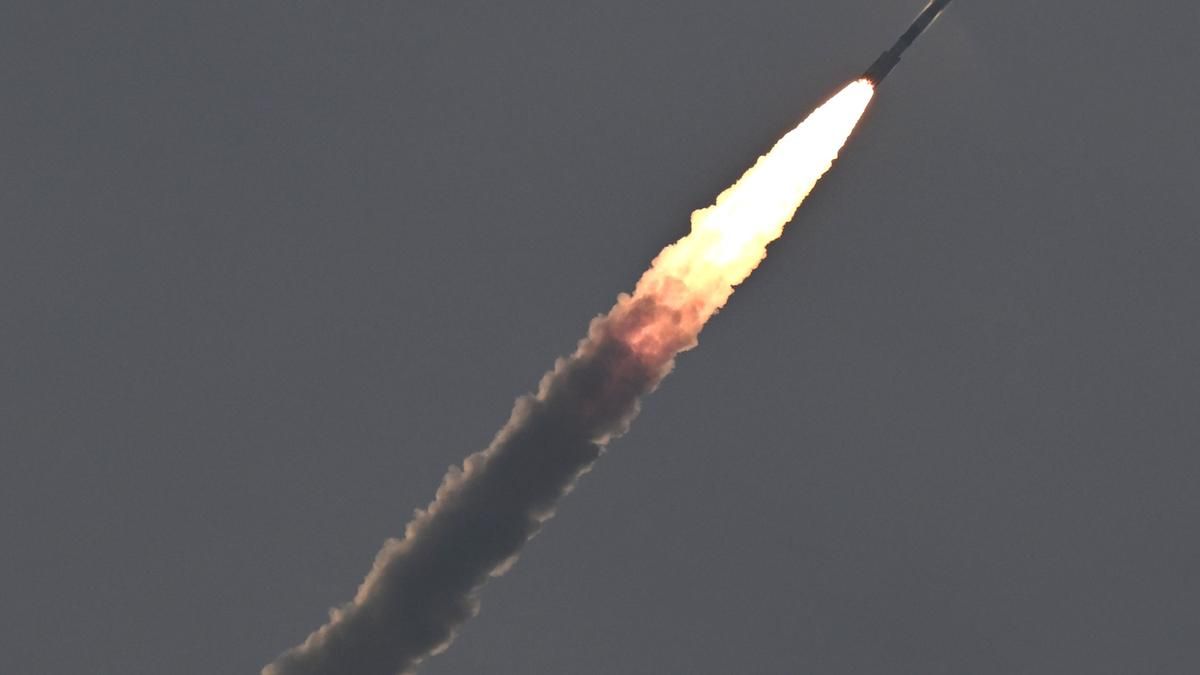
India’s highly anticipated EOS-09 mission, PSLV-C61, ISRO’s EOS-9 Satellite Launch Failed on what was supposed to be another milestone moment for the nation’s space program. On May 15, 2025, the Indian Space Research Organisation (ISRO) confirmed that the Earth Observation Satellite-09 did not achieve its intended orbit due to an anomaly in the fourth stage of the Polar Satellite Launch Vehicle (PSLV). The failure, though rare for the otherwise highly reliable PSLV series, has sparked intense scrutiny, technical analysis, and debate across the scientific community.
The PSLV-C61 rocket, which carried the EOS-09 satellite along with multiple smaller payloads, was launched from the Satish Dhawan Space Centre in Sriharikota. While the initial phases of the launch proceeded nominally, the mission ultimately failed when the fourth stage malfunctioned, leading to a deviation from the planned orbital trajectory.
What Was the EOS-09 Mission?
The EOS-09 mission was part of India’s series of Earth observation satellites intended to provide high-resolution imagery for environmental monitoring, agriculture, urban planning, and disaster management. It was designed to enhance India’s capabilities in remote sensing, a domain where ISRO has made significant contributions over the years.
Features of EOS-09:
- Type: Earth Observation Satellite
- Purpose: High-resolution imaging for civilian and strategic applications
- Weight: Approximately 600 kg
- Orbit Type: Sun-synchronous
- Launch Vehicle: PSLV-C61
EOS-09 was expected to bolster India’s remote sensing data infrastructure by replacing older satellites and offering sharper images with improved frequency and coverage. Unfortunately, the satellite did not make it into its operational orbit.
Source: ISRO Official
The PSLV-C61 Launch Breakdown
The PSLV-C61 mission marked ISRO’s 60th flight of the PSLV family — a trusted workhorse that has launched satellites for India and international clients alike. Dubbed the most reliable rocket in ISRO’s fleet, the PSLV had a near-flawless record, making this failure particularly shocking.
ISRO’s Official Statement on the EOS-09 Mission Failure
Following the unsuccessful orbital insertion of the EOS-09 satellite aboard PSLV-C61, the Indian Space Research Organisation (ISRO) released an official statement addressing the anomaly. The announcement provided crucial insights into the failure while reaffirming ISRO’s commitment to transparency and corrective action.
What Did ISRO Say About the PSLV-C61 Launch Anomaly?
In its official communication, ISRO confirmed that:
- The PSLV-C61 launch vehicle performed as expected during the initial stages, including liftoff and lower-stage separation.
- The upper stage (PS4) experienced an unexpected performance deviation, leading to the satellite being placed in a sub-optimal orbit.
- Despite the orbital shortfall, partial communication was established with EOS-09, and efforts were underway to assess recoverable functionality.
- A Failure Analysis Committee (FAC) had been constituted to investigate the root cause and recommend corrective measures.
Key Excerpts from ISRO’s Statement
“The PSLV-C61 mission encountered an anomaly during the final phase of orbital insertion, resulting in the EOS-09 satellite being deployed in a lower-than-intended orbit. ISRO’s team is analyzing telemetry data to determine the exact cause. We regret the setback but remain steadfast in our pursuit of robust space missions.” ISRO Chairman S. Somanath
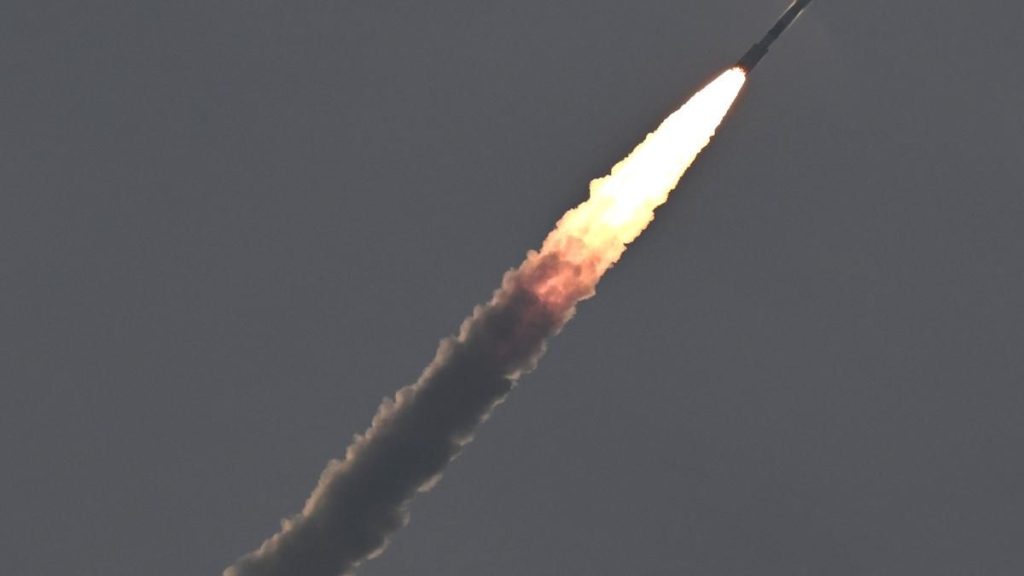
Scientific Community Reacts to ISRO’s EOS-09 Mission Failure
The unsuccessful orbital deployment of EOS-09 aboard PSLV-C61 has drawn widespread reactions from scientists, space experts, and academic institutions. While the failure is a setback, the broader scientific community has largely responded with support, constructive criticism, and calls for deeper collaboration to enhance mission reliability.
Reactions from Indian and Global Scientists
1. Indian Academia & Research Institutions
Prominent scientists from IISc, IITs, and TIFR weighed in on the technical implications:
-
Prof. Roddam Narasimha (Aerospace Expert, IISc):
“Upper-stage anomalies are rare in PSLV, but this incident highlights the need for more rigorous pre-launch simulations, especially for missions carrying high-value payloads.” -
Dr. Mylswamy Annadurai (Former ISRO Scientist, ‘Moon Man of India’):
“Failures are part of space exploration. What matters is ISRO’s ability to diagnose and rectify issues swiftly—something they’ve proven before.” -
IIT Bombay’s Space Technology Cell:
Suggested AI-based real-time monitoring for future launches to detect propulsion irregularities faster.
2. International Space Experts
-
NASA’s Jet Propulsion Laboratory (JPL):
Offered data-sharing support to help ISRO analyze telemetry logs. -
European Space Agency (ESA) Chief Josef Aschbacher:
“Space is hard. ISRO’s transparency in handling this setback sets a strong example for global space agencies.” -
Chinese National Space Administration (CNSA) (Unofficial Statement):
Highlighted that even advanced programs like theirs face similar challenges, referencing their Long March 5B re-entry controversies.
3. Private Space Sector Leaders
-
Skyroot Aerospace (Indian Private Space Startup):
“This reinforces why redundancy systems in launch vehicles are critical—lessons we’re applying in our Vikram-I rocket.” -
SpaceX Engineers (Via LinkedIn Discussions):
Noted that even Falcon 9 had early failures before achieving reliability, urging patience.
Read Also: Pakistan’s Deputy PM Sparks Controversy Over Fake
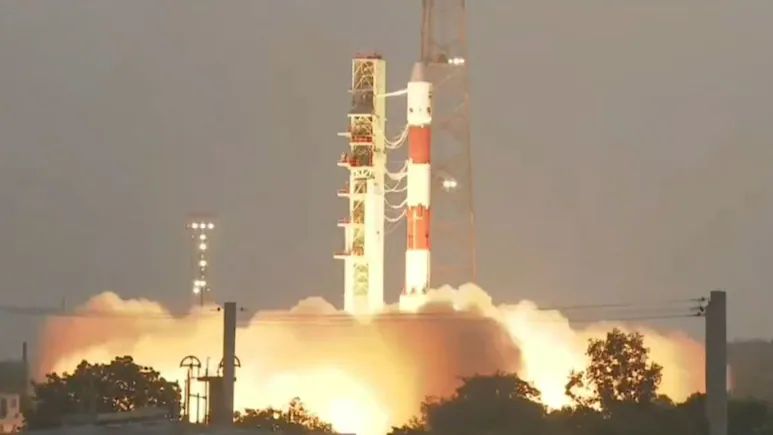
How Does the PSLV-C61 / EOS-09 Failure Impact India’s Space Program?
The unsuccessful orbital insertion of ISRO’s EOS-09 satellite has raised questions about its short- and long-term consequences for India’s space ambitions. While setbacks are inevitable in space exploration, this incident could influence mission timelines, international collaborations, funding, and technological priorities. Here’s a detailed breakdown of the potential impacts.
1. Immediate Effects on ISRO’s Upcoming Missions
Delays in Near-Term Launches?
-
Gaganyaan (Human Spaceflight):
-
Unlikely to be delayed, as it uses the GSLV Mk III, not PSLV.
-
However, ISRO may enforce stricter safety checks for all rockets.
-
-
NISAR (NASA-ISRO Joint Mission):
-
Scheduled for late 2024; could face minor reviews but no major postponement.
-
-
Commercial PSLV Launches (e.g., OneWeb, SSLV):
-
Possible brief pause for failure analysis before next PSLV flight.
-
Financial & Operational Costs
-
Satellite Loss: EOS-09 cost ~₹200 crore ($24 million).
-
Insurance & Liability:
-
ISRO may face higher insurance premiums for future missions.
-
Commercial clients could demand more stringent risk clauses.
-
2.Impact on India’s Space Economy & Private Sector
Private Space Companies (Skyroot, AgniKul)
-
Opportunity:
-
Could position themselves as backup providers for small sat launches.
-
-
Challenge:
-
Investors may demand more redundancy systems, increasing costs.
-
Foreign Satellite Clients
-
Short-term hesitation, but ISRO’s 95% PSLV success rate still a strong selling point.
-
Key clients (OneWeb, Amazon’s Project Kuiper) likely to stay but may seek price discounts.
PSLV Launch History: Successes & Failures (1993–2024)
| Mission | Year | Payload | Outcome | Significance |
|---|---|---|---|---|
| PSLV-D1 | 1993 | IRS-1E | Partial Failure | Maiden flight; satellite didn’t reach orbit due to software issue. |
| PSLV-C2 | 1999 | Oceansat-1, KITSAT-3 | Success | First commercial launch (German/DLR payload). |
| PSLV-C6 | 2005 | CARTOSAT-1, HAMSAT | Success | Proved PSLV’s reliability for Earth observation. |
| PSLV-C11 | 2008 | Chandrayaan-1 | Success | India’s first Moon mission; placed orbiter successfully. |
| PSLV-C25 | 2013 | Mars Orbiter (Mangalyaan) | Success | Made India the first Asian nation to reach Mars orbit. |
| PSLV-C39 | 2017 | IRNSS-1H | Failure | Heat shield didn’t separate; satellite lost. |
| PSLV-C45 | 2019 | EMISAT, 28 foreign sats | Success | Record for most satellites launched (29 in one flight). |
| PSLV-C53 | 2022 | DS-EO, 3 co-passengers | Success | Demonstrated multi-orbit deployment capability. |
| PSLV-C61 | 2024 | EOS-09 | Partial Failure | Upper-stage anomaly; satellite in incorrect orbit. |
PSLV vs. Global Competitors (Success Rates)
| Rocket | Country | Success Rate | Notable Feature |
|---|---|---|---|
| PSLV | India | ~95% | Low-cost, high versatility |
| Falcon 9 | USA | ~98% | Reusable, dominates commercial market |
| Long March 4 | China | ~93% | Heavy-lift capabilities |
| Soyuz | Russia | ~97% | Historic reliability |
FAQs About the EOS-09 Mission Failure
1. Why did the PSLV-C61 launch fail?
The upper stage (PS4) malfunctioned, failing to provide enough thrust to place the EOS-09 satellite in its intended orbit. ISRO suspects a propulsion anomaly, possibly due to fuel flow issues or valve failure.
2. Can the EOS-09 satellite still be used?
Partially. The satellite is in a lower orbit (~356 km vs. planned ~572 km), reducing its lifespan and imaging capabilities. ISRO is attempting to salvage some functionality for limited Earth observation.
3. How often do PSLV launches fail?
-
PSLV Success Rate: ~95% (Only 2 complete failures in 60+ launches).
-
Recent Failures:
-
PSLV-C39 (2017) – Heat shield didn’t separate.
-
PSLV-C61 (2024) – Upper-stage anomaly.
-
4. Will this delay future ISRO missions like Gaganyaan?
No. Gaganyaan uses the GSLV Mk III, not PSLV. However, ISRO may enforce stricter testing for all rockets.
5. What happens to a failed satellite in space?
-
If recoverable: Used for limited operations (EOS-09’s case).
-
If unrecoverable: Either:
-
Controlled deorbiting (burned up safely over oceans).
-
Natural decay (takes months/years to re-enter).
-
6. How does this impact India’s global space reputation?
Minimal. ISRO’s proven track record (Chandrayaan-3, Mars Orbiter) outweighs occasional setbacks. Competitors like SpaceX also had early failures.
7. What is ISRO doing to prevent future failures?
-
Failure Analysis Committee (FAC) investigating root cause.
-
Upgraded testing protocols for upper-stage engines.
-
AI-based real-time monitoring for future launches.
8. Was this a complete or partial failure?
Partial. The rocket launched successfully, but the satellite’s orbit was incorrect, reducing mission effectiveness.
9. How much did the EOS-09 mission cost?
Estimated ₹200–250 crore (~$24–30 million), including satellite + launch.
10. Can private space companies help avoid such failures?
Potentially. Startups like Skyroot & AgniKul bring new testing approaches, but ISRO remains India’s primary launch provider.
Conclusion: A Setback, Not a Defeat
The EOS-09 mission, PSLV-C61, ISRO’s EOS-9 Satellite Launch Failed — but the story doesn’t end here. For ISRO, this is not the first hurdle and certainly not the last. Space exploration comes with inherent risks, and setbacks are stepping stones to greater achievements. India’s space program remains a beacon of progress and innovation, with many more missions on the horizon.
